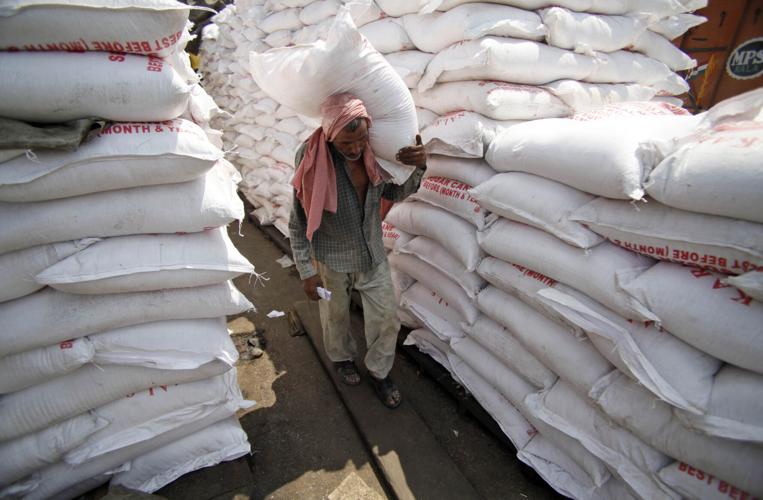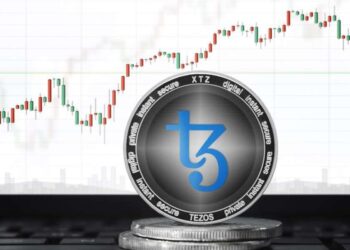The Narendra Modi Government in India in an attempt to stabilize the shooting inflation has extended its restrictions on sugar exports, a few days after putting curbs on wheat exports. “Export of sugar (raw, refined and white sugar) is placed under restricted category from June 1, 2022, onwards,” said the Directorate General of Foreign Trade (DGFT) in a notification. The government ordered the curbs, the first in four years, to maintain “domestic availability and price stability of sugar.”

It did, however, state that these restrictions would not apply to sugar exported to the EU and the US under CXL and TRQ. Under CLX and TRQ, a certain amount of sugar is exported to these regions. The move is primarily intended to increase commodity availability in the domestic market while containing price increases. The government has taken several steps to help lower commodity prices in domestic markets, despite an unprecedented rise in inflation caused, among other things, by geopolitical tensions.
Will The Decision Affect The Global Market?
According to media reports, the world’s largest sugar producer and second-largest exporter behind Brazil is planning to restrict sugar exports for the first time in six years to prevent a surge in domestic prices, the Economic Times reported on Tuesday, citing ministry officials.
According to experts, India’s recent decision to restrict sugar exports will have no significant impact on the Chinese market because the country is increasing the proportion of self-production while diversifying supply sources in an effort to reduce the potential risks of heavy reliance on any single country.
The latest move comes after Mumbai recently banned wheat exports due to rising domestic prices. According to experts, such an export ban trend is setting a worrying example for others to follow, further tightening global food supplies and posing shortages, and may drive up food prices.
As of mid-May, a total of 20 countries had implemented grain export bans around the world, covering a wide range of food categories from sugar and wheat to palm oil, exacerbating the supply shortage caused by the Russian-Ukrainian conflicts. While it should be noted that prices may be affected as global food prices rise, this primarily affects feed grains such as soybeans rather than rations, according to the expert.
What Does It Mean For The Common People?
It should be noted that the latest decision comes against the backdrop of record sugar exports. According to the statement, only about 6.2 LMT, 38 LMT, and 59.60 LMT of sugar were exported during the sugar seasons of 2017-18, 2018-19, and 2019-20, respectively. However, in the sugar season 2020-21, 70 LMT were exported against a target of 60 LMT. India has seen record inflation in the last month as food and oil prices have risen, and the government is taking steps to control it. The Center recently decided to halt wheat exports, despite India being the world’s largest wheat exporter.

The government has expressed its concerns about this and stated that the move to restrict sugar export was made to protect consumers’ interests and keep prices in check – “Taking into consideration unprecedented growth in exports of sugar and the need to maintain sufficient stock of sugar in the country as well as to safeguard interests of the common citizens of the country by keeping prices of sugar under check, Government of India has decided to regulate sugar exports”.
Sugar wholesale prices in India are restricted to Rs 3,150-3,500 per quintal, while retail prices in various parts of the country are restricted to Rs 36-44 per kilogram, as per the statement.
What is The Government Upto?
The government has been closely monitoring the sugar sector’s situation, including sugar production, consumption, export, and price trends in wholesale and retail markets across the country.
In the current fiscal year, India was the world’s largest producer and second-largest exporter of sugar.
As a result of the government’s consistent efforts, 99.5 per cent of cane dues for the previous sugar season 2020-21 have been paid, and approximately 85 per cent of cane dues for the current sugar season 2021-22 have also been released to farmers.
Also Checkout: What is the Gyanvapi Mosque-Kashi Vishwanath dispute and its current state?












